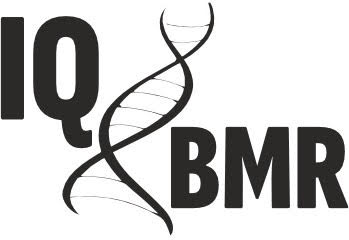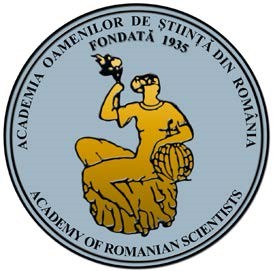A new biomedical research journal
It is obvious that medicine and biology have a fundamental feature: the fact that both sciences have animate matter, and therefore life, as their common research object. If, for practical reasons, the medical sciences enjoy increased public attention, we must not forget the common start of the two sides, the impetuous development of the medical sciences having as its impulse various fundamental discoveries in the field of biology and above all, the idea that the human being belongs to the biological kingdom. These statements are sufficient to justify the birth of a journal that stimulates biomedical research by providing advertising and affirmation space for both fundamental and applied biological research in the medical sciences.
The very history of the affirmation and development of the two sides (biology-medicine) argues their separation as being really formal and linked to the evolution of the theoretical and practical background, which has brought the benefit of concentrating on restricted fields, today themselves pulverized into countless other fields but which do not hinder but oblige us, making the fundamental rapprochement between biology and medicine necessary, thus facilitating the rapid integration of new discoveries in the interpretation of biological phenomena, ensuring the progress of research, theory and medical practice.
In antiquity, Egyptian medicine, through the religious concept that invited the ritual preparation of the deceased for the passage to the afterlife, brought a deeper knowledge of the morphology and functions of the human body. When we talk about structure, form and living matter, we cannot fail to mention the studies of Aristotle who, retired to the island of Lesbos at a certain period of his life, laid the foundations of biology through his observations of animals, plants, birds and insects, making up the first systematic study in the history of Biology and Botany. Perhaps the revelation of such concerns also comes from the fact that Nicomachus, Aristotle’s father, was the physician of Midas II, king of Macedonia.
There are numerous examples regarding the inter-conditioning of the two sciences, and the studies of Galenus, Avicenna, Hippocrates, etc., represent testimonies of the formal separation of the two sciences. We cannot fail to mention here the contribution of Robert Hooke who, through the invention of the microscope, led to the discovery of the cell as the fundamental structure of living beings, and later of micro-organisms. We cannot forget the editing by the same author of the work entitled “Micrographia,” which revolutionized the biological study of the human body, deepening the medical pathology from the organism, organ, to the cellular structure.
The argumentation of the common interest and achievements of biology and medicine can continue through discoveries that have fundamentally contributed to the development of the common knowledge fund of the two sciences, recalling numerous research institutions supported by the explosive evolution of the means and techniques of investigation, culminating in the use of information technologies and artificial intelligence.
The history of Biology’s contribution to the development of medical sciences is fabulous, and the page of an editor’s letter at the launch of a journal is too narrow. Therefore, we wish the journal “International Quintessence of Biomedical Research,” those who initiated it, present and future contributors, much success in achieving the generous objectives they have set for themselves: to stimulate research and to formulate theoretical and applied concepts in the biological and medical field.
“Vivat, crescat, floreat!”

